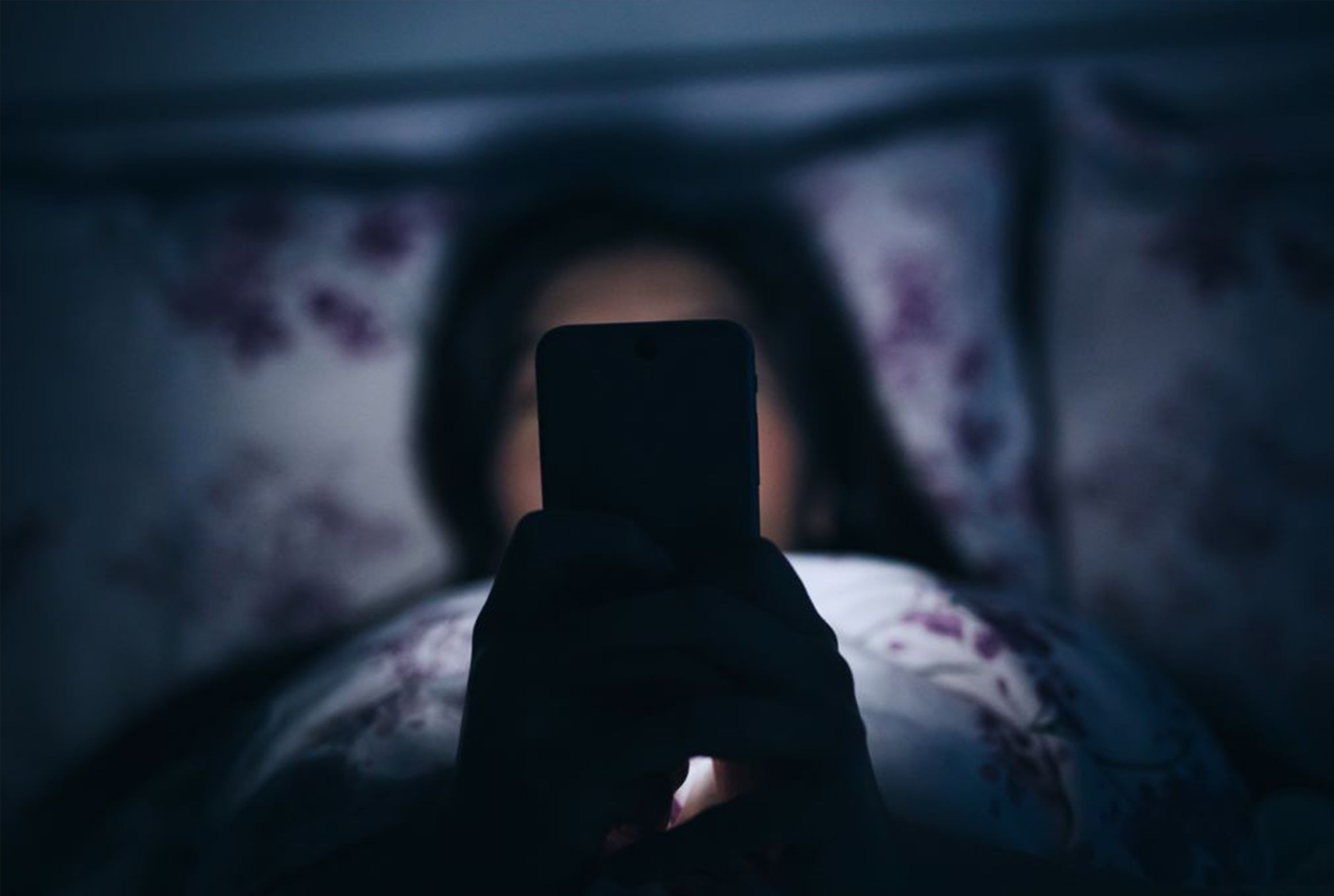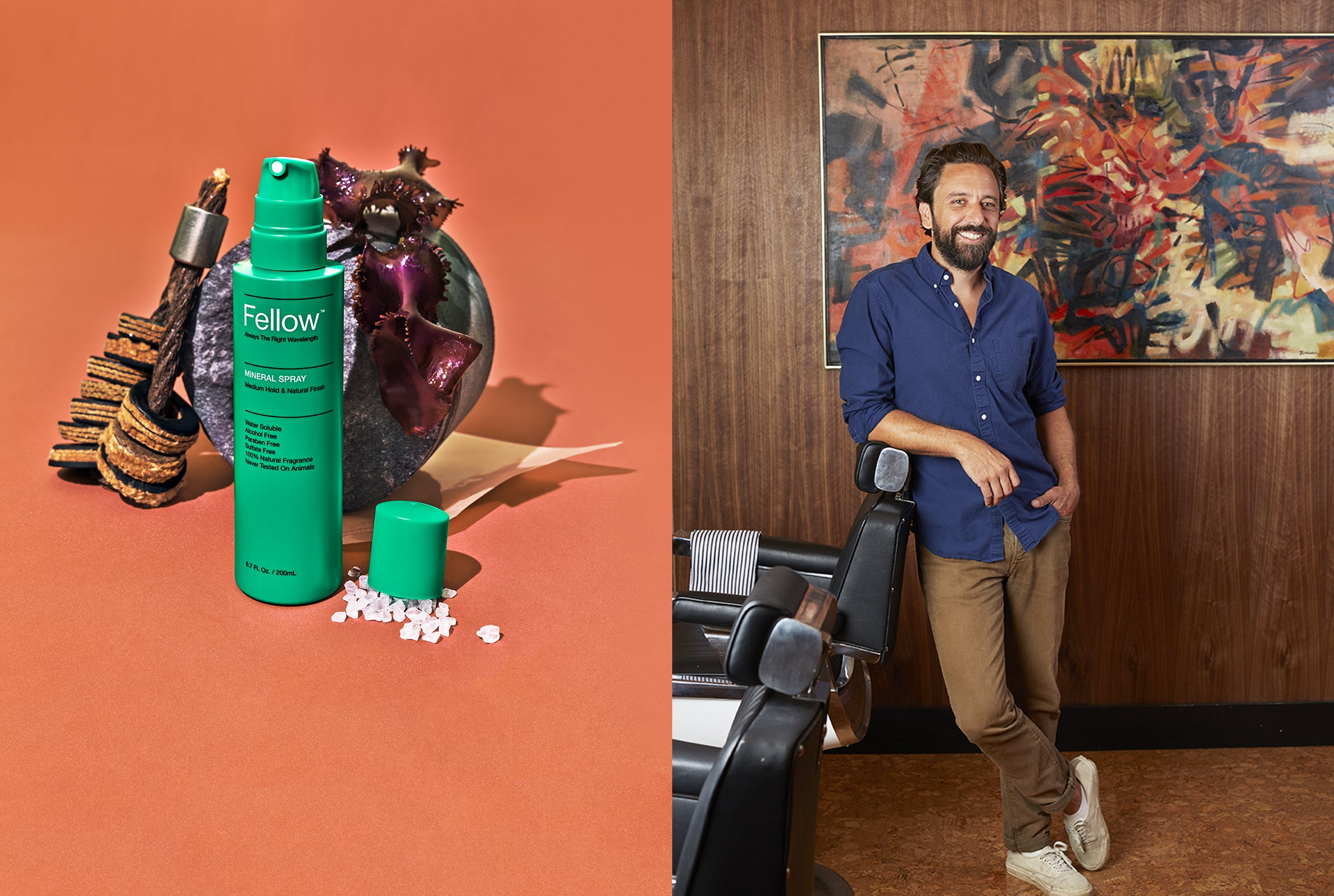The Truth About HEV Light
But then, things get tricky. We hide in our homes and offices, escaping the sun and staring at our screens, soaking up blue light. We invest in advanced light devices to apply light directly to our skin to fight skin conditions and what’s that? Oh yes, aging! We’ve heard of UVs, we are becoming versed in LED and infrared, but have you heard of HEV? It can get a little confusing, but we don’t want to keep you in the dark when it comes to different types of light and their effects on skin.
Dr. Loretta, dermatologist and skin care formulator of her namesake brand breaks down lesser-known HEV. Firstly, this handy acronym stands for high-energy visible light. The sun does produce this light, but so does your tablet, smartphone, laptop, and anything that emits blue light in general. While small, precise doses of HEV can be used to treat psoriasis and acne, over-exposure does more harm than good.
“Blue light makes our skin red and inflamed,” Dr. Loretta puts frankly. “When testers were exposed to visible blue light and then separately to UVA, there was more redness and swelling produced by the blue light than by the UVA light source.” Yikes, though it’s not always such a distinct direct reaction.
Women won't see themselves getting all red from digital devices. Instead, they will notice over time that their skin seems a bit redder, maybe they think they have rosacea. Many of my patients who take a week off and have limited digital exposure report back that their skin redness has dramatically improved.
Justina Anzulovich, entrepreneur and founder of Save (ur pretty) Face, was determined to get to the bottom of HEV as well. “The facts are that HEV light is harming you at the base layer of your dermis. It goes further into your body than both UVA and UVB rays combined.” Anzulovich explains that the damage is cumulative, so it’s nearly impossible to repair with everday skincare. She’s all about prevention vs. correction for this very reason.
Blue light also causes melasma, age spots, dark spots after breakouts, and the pigment lasts longer than UVA-induced pigment. It causes DNA damage and free radicals, and one study even claims that it doubles our melanin production. Before you become a monk or an anti-tech activist, hear us out.
There are several major factors that contribute to premature aging and damage to our skin barrier— irritants, pollution, climate shifts, and yes, digital light is one of them, made abundantly clear by Dr. Loretta. However, she’s created a line of defenses you can take to prevent damage from overexposure, because unfortunately we can’t all retire early and live in a shady knoll in the French countryside, sans wifi, happily ever after.

Look for her products with Blue Light Protection, which you should be using not just indoors but in the sun as well. She’s also pinpointed the crucial antioxidants to fight these specific free-radicals ignited by over-exposure blue light in the skin and concentrated them into targeted formulations that make perfect sense for our inescapable-screen lifestyle.
But you can do more than just use the right products for prevention. Justina Anzulovich’s Save (ur pretty) Face line of Japanese tempered glass screen protectors are designed to block blue light and blue light radiation to reiterate that prevention vs. correction method. We say don’t be afraid to walk in the light. Fight back with the right knowledge and defenses.

Written by Nicole Lesmeister
More Subject:Matter
While asking his inner circle about everything from their favorite burgers to bars, he also inquired about where they got their hair cut. “There wasn’t any place that guys gravitated to, so I initially made a space for myself and my friends,” he explains.
Read more



